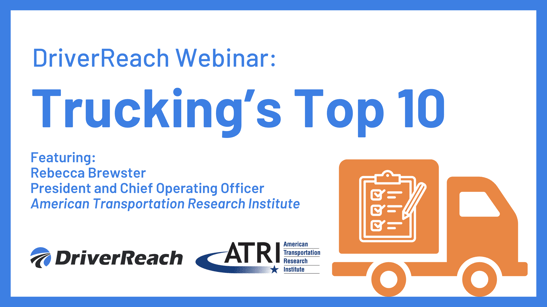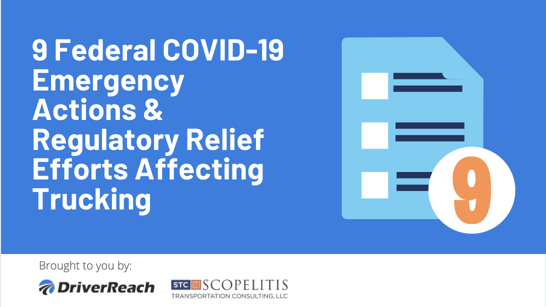This is a guest post by Max Farrell, Co-Founder and CEO of Workhound, an innovative feedback platform designed to help improve driver retention.
Out there, in the lot behind your headquarters, are rows and rows of empty trucks.
And for every day—every minute—they sit idle, you’re missing out on money. Those trucks should be on the road, but with a sky-high driver turnover rate, finding the right people to fill them can be a tall order.
As your drivers roam the roads of North America, they’re bombarded with endless messages at truck stops, on the back of other trucks and on billboards, each tempting them to leave your team and join the competition.
To combat this, most carriers choose to fight fire with fire—to create just as many ads as their rivals in the hopes of attracting new drivers to fill seats.
But is this the best, most efficient thing to do?
Let’s take a look at the pros and cons of advertising as a sustainable method of building a thriving team of drivers.
The Benefits
Clearly, there are some benefits to advertising. If it didn’t work in some regard, it wouldn’t be a popular tactic.
Consider the fact that the average age of experienced drivers is in their 50's. While a print-based advertising campaign might be enough to draw those kinds of drivers, that strategy might fall on deaf ears to younger generations who favor social media.
In other words, there are an incredible number of drivers out there, and each one is captivated by various kinds of media. It can be difficult, not to mention incredibly costly, to create in-depth campaigns across a wide variety of mediums to appeal to all audiences.
Advertising can work, but only if you’ve got the means to do it.
The Drawbacks
For decades—even into today—the world of advertising was about who had the loudest, the flashiest, the brightest thing. It wasn’t about the product at all. It had nothing to do with ensuring your driver would find a great fit at your company.
It was just about getting attention.
All those decades of noisy TV ads, screaming radio commercials, banner ads and people spinning signs on the street corner made us very impatient and distrusting of advertising. More than that, they often aren’t effective.
“While advertisers have started to follow consumers online, about a third of online advertising campaigns don’t work—they don’t generate awareness or drive any lift in purchase intent,” said Randall Beard, president, Nielsen Expanded Verticals.
If the effectiveness of advertising as a whole has gone down, and the benefits are slim, there has to be a better way of getting drivers.
As it turns out, there is. And it’s an unlikely source: your current drivers.
The Best Drivers Are The Ones You Already Have
When you’re facing lots of turnover, it can be tempting to turn to advertising as a way to pick up new drivers. But it can be much more cost effective to keep the drivers you already have engaged and motivated.
The average cost of replacing a driver isn’t a small number—typically in the $5,000 to $8,000 range. For a carrier with 100% turnover and 500 drivers, the $3 million mark is easily eclipsed. And that’s just in replacing your drivers, not to mention trucks sitting idle.
By providing your current drivers an outlet to share their feelings and troubles about their job, you’re listening to your people and getting actionable feedback on how to make things better.
With Workhound, the anonymous feedback app designed for trucking companies like yours, you’ll get the tools you need to take action, keep your people in place, drive down turnover and save money.




